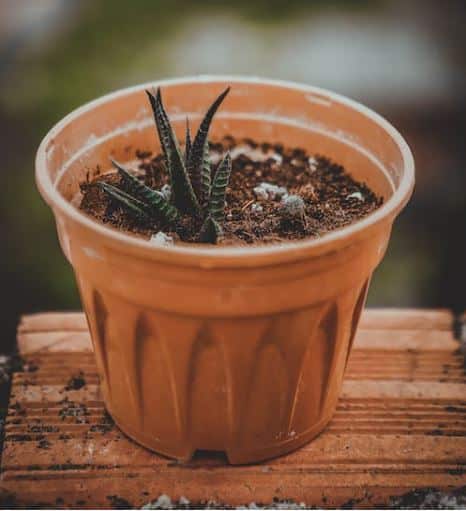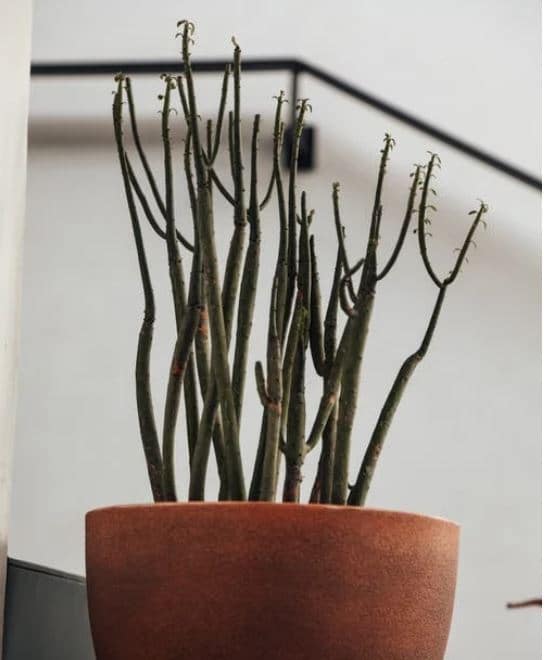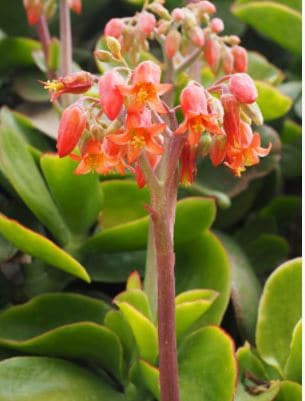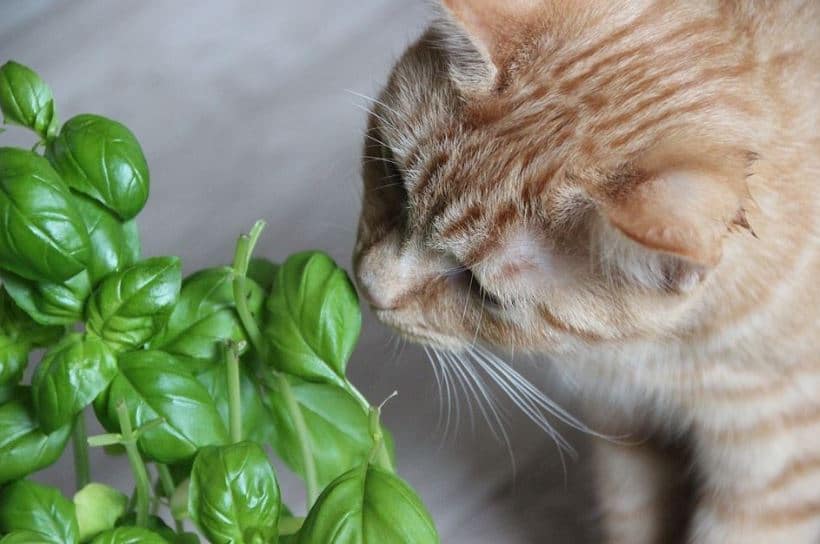
Transplanting succulents can be a great way to refresh their soil, provide them with more space to grow, and help them thrive.
We will go through some of the key points that one should consider when transplanting succulents.
How do you replant succulents without killing them?
Replanting succulents can be tricky, but with the right techniques and precautions, it can be done without killing them. Here are some steps to follow when replanting succulents:
- Choose the right pot and soil: Make sure you choose a pot that has drainage holes and is the right size for your succulent. Use a well-draining soil mix that is specifically designed for succulents. You can also add sand or perlite to improve drainage.
- Water the plant: Water your succulent a few days before you plan to replant it. This will make it easier to remove it from the old pot and minimize the risk of damaging the roots.
- Gently remove the plant from the old pot: Use a knife or a fork to loosen the soil around the edges of the pot, and gently lift the plant out of the pot. If the plant is stubborn, try tapping the pot or squeezing the sides of the pot to loosen the soil.
- Check the roots: Carefully examine the roots for any signs of rot, disease, or pests. Trim away any dead or damaged roots with clean scissors or a knife.
- Allow the plant to dry: Let the plant dry for a day or two to allow any cuts or wounds to heal before planting it in the new pot.
- Repot the plant: Place a layer of well-draining soil at the bottom of the new pot and then add the plant, making sure the roots are spread out evenly. Add soil around the roots and gently press it down to secure the plant. Water the plant lightly and allow it to settle in for a few days before watering again.
Provide the right care: Once the plant is replanted, make sure it gets the right amount of light, water, and nutrients. Succulents prefer bright but indirect sunlight and only need to be watered when the soil is completely dry. Fertilize the plant with a succulent-specific fertilizer once a month during the growing season.
This site contains affiliate links to products. We may receive a commission for purchases made through these links. The price you pay is exactly the same if you do or do not use my links. There are no extras costs to you.
Should you water succulents after transplanting?
It is generally recommended to wait a few days after transplanting succulents before watering them. This allows the roots to adjust to their new environment and prevents overwatering, which can lead to root rot and other problems.
After transplanting, the soil around the roots will be disturbed and may become loose, which can increase the risk of overwatering. To help the roots establish themselves in the new soil, it is best to wait until the soil is completely dry before watering again.
However, if the succulent shows signs of wilting or stress after transplanting, it may need to be watered more frequently than usual. In this case, it is important to be careful not to overwater and to ensure that the soil is well-draining.
In general, it is important to observe your succulent and adjust your watering schedule based on its specific needs and the conditions in its environment.

When should I transplant succulents?
The best time to transplant succulents depends on their growth cycle and the specific species of succulent you are dealing with. However, there are some general guidelines that can help you determine the best time to transplant your succulent:
- Dormant period: Many succulents have a dormant period during which they are not actively growing. This is often in the winter months for temperate climate species. This is a good time to transplant because the plant is not actively growing and will be less susceptible to transplant shock.
- Growing season: For succulents that grow in the summer, it is best to transplant them in the spring, just before the growing season begins. This allows the plant to establish itself in the new soil before it starts putting on new growth.
- Root-bound plants: If your succulent is root-bound, meaning the roots are growing out of the drainage holes or the plant is struggling to grow, it is a sign that it needs to be repotted. In this case, you can transplant the succulent any time of year.
- Stressful conditions: If your succulent is stressed due to environmental conditions, such as extreme heat or drought, it is best to avoid transplanting it until the conditions improve. This will reduce the stress on the plant and allow it to recover before being disturbed.
It’s important to remember that each succulent is unique and may have specific needs regarding transplanting. Be sure to research the specific species of succulent you have and their growth habits to determine the best time to transplant them.
Do succulents grow bigger in bigger pots?
Succulents can grow bigger in bigger pots, but only if the pot is appropriately sized and the soil and watering are properly managed.
Succulents have a unique root system that is designed to efficiently absorb water and nutrients, and they do not need a lot of space to grow. In fact, if the pot is too large, the soil may retain too much moisture, which can cause the roots to rot and damage the plant.
Therefore, when it comes to pot size, it is important to choose a pot that is only slightly larger than the plant’s current size, with enough room for growth and roots to breathe. A good rule of thumb is to choose a pot that is about 1-2 inches larger than the plant’s current size.
Additionally, it’s essential to use well-draining soil, such as cactus or succulent soil, to ensure that water does not sit around the roots and cause rot. Succulents also prefer to be watered infrequently but deeply, allowing the soil to dry out completely between watering.
In conclusion, succulents can grow bigger in bigger pots, but only if the pot size is appropriately sized, and the soil and watering are managed properly. It’s important to choose a pot that allows for some room to grow, but not too much, and to ensure that the soil is well-draining and the watering is done correctly.

Do succulents go into shock after repotting?
Yes, succulents can go into shock after repotting. Repotting can be stressful for any plant, as it involves disturbing the root system, which can cause temporary damage to the plant.
When succulents are repotted, their roots may be damaged or disturbed, which can affect their ability to absorb water and nutrients. Additionally, the plant may experience some leaf drop or discoloration as it adjusts to the new pot and soil.
To minimize the risk of shock, it is important to handle the plant carefully during repotting, and to make sure that the soil is well-draining and the pot is appropriately sized for the plant. After repotting, it’s best to avoid watering the succulent for a few days to allow any damaged roots to heal and to prevent overwatering, which can exacerbate the stress on the plant.
It’s also important to keep an eye on the succulent after repotting and to monitor its growth and health. If the plant continues to show signs of stress or does not recover within a few weeks, it may be necessary to adjust its care or consult a gardening expert for advice.
Should I fertilize succulents when repotting?
It depends on the type of soil you are using and the specific needs of your succulent. Generally speaking, most succulents prefer well-draining soil that is not too rich in nutrients. If the soil you are using already contains fertilizer, then you should not add any more during repotting.
If the soil you are using does not contain fertilizer, you can add a small amount of a slow-release fertilizer specifically formulated for succulents. It’s important to follow the instructions on the fertilizer packaging and not to over-fertilize your succulent, as this can lead to root burn and other issues.
Alternatively, you can choose to fertilize your succulent after it has settled into its new pot and has started to grow actively again. In this case, you can use a liquid fertilizer diluted to half strength and apply it once every two to four weeks during the growing season. Remember to always water your succulent before applying fertilizer to avoid burning the roots.
What are the best pots for repotting succulents?
The best pots for repotting succulents are those that provide good drainage and allow air to circulate around the roots. Here are some options you can consider:
- Terra cotta pots: These pots are porous and allow air and water to pass through the walls, which can help prevent overwatering. The natural color of terra cotta also complements the colors and textures of many succulent varieties.
- Ceramic pots with drainage holes: Ceramic pots can be beautiful and come in many different colors and designs, but it’s important to choose one with drainage holes to prevent water from pooling in the bottom and causing root rot.
- Plastic pots with drainage holes: Plastic pots are lightweight, affordable, and come in many different sizes and shapes. Choose one with drainage holes to allow excess water to drain away from the roots.
- Hanging baskets: Some succulent varieties can do well in hanging baskets as long as the basket has good drainage and the soil is not too heavy. Hanging baskets can be a great way to display trailing or cascading succulent varieties.
No matter which type of pot you choose, make sure it is the right size for your succulent and that the soil you use is well-draining to prevent overwatering.
You may be also interested in




